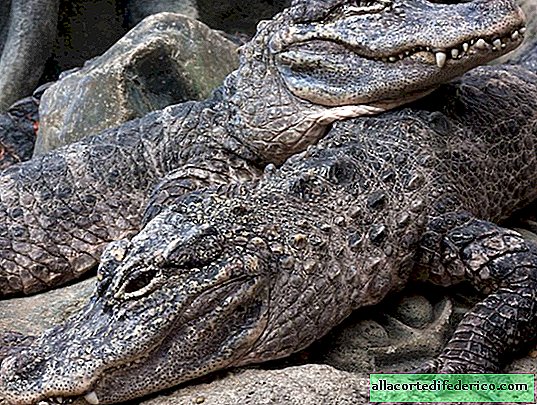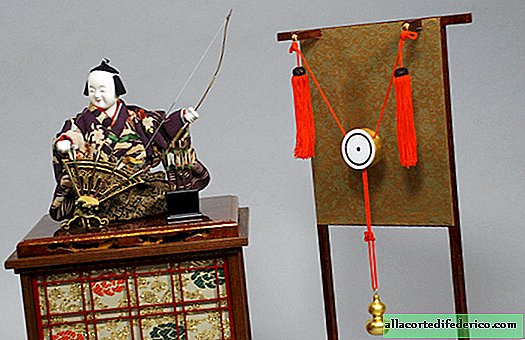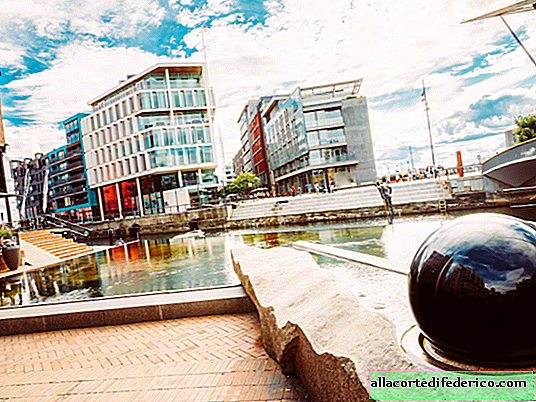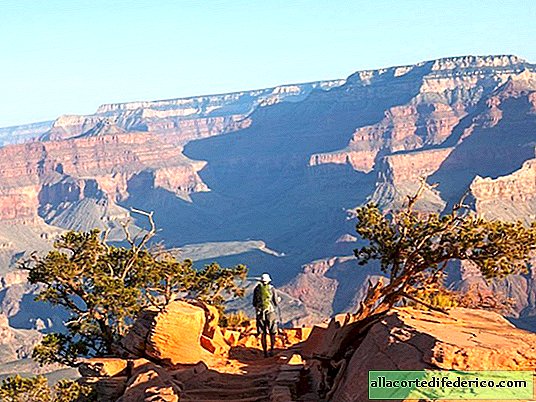Why the Chinese alligator was relocated to Louisiana
In one of the national parks in the southern United States there are many waterfowl, possums, muskrats and other mammals, as well as American, or Mississippian, alligators. But, despite the fact that this swampy lowland is densely populated by alligators, scientists have lodged representatives of another species - the Chinese alligator. Why did they do this?

The Chinese and American alligator are the only representatives of the genus alligators on the planet whose ranges do not overlap, as they are located on different continents. But if the number of the American alligator, living exclusively in the southern United States, exceeds millions of individuals and does not cause concern of scientists, then his Asian relative is not so lucky. Its number in the natural habitat does not exceed 200 individuals, so this reptile was attributed by biologists to species that are on the verge of extinction.
 Chinese Alligator Habitat
Chinese Alligator Habitat  American Alligator Habitat
American Alligator HabitatChinese alligators live exclusively in the Yangtze River basin, in a limited area of the eastern coast of China. This species experiences an increasing anthropogenic impact, and its habitat decreases every year.

Once these alligators were very numerous reptiles. Their range was not limited to the lower reaches of the Yangtze, but extended much wider. These alligators could be found in many rivers in China, and even there are references to the fact that they lived on the territory of the Korean Peninsula. It may seem that northern China and Korea are not the most comfortable territories and they are not suitable for the residence of heat-loving reptiles. Of course, they can not be compared with Florida or Louisiana, but the Chinese alligator successfully overcome climatic troubles by immersing in hibernation. He has preserved such seasonal behavior in our days: with the onset of autumn, alligators dig burrows on the river bank, in which one alligator or several individuals are placed at once. When the shelters are ready, the reptiles hibernate, which lasts until the onset of spring heat. As soon as the average daily temperatures reach positive values, Chinese alligators begin to wake up and crawl out of their winter shelters. In early spring, you can notice how these reptiles bask in the sun, making up for the lack of heat in the body after hibernation.

Scientists decided to save this species, which is on the verge of complete extinction, and try to settle it in another region (introduce). The Rockefeller Wildlife Refuge Nature Reserve, which occupies the swampy lowlands in southern Louisiana, was chosen as the place for the "reserve population" of Chinese alligators. Asian relatives have successfully taken root in the New World. In addition, the Chinese alligator is perfectly adapted to life in zoos and nurseries. This is one of the few species on the planet whose number in captivity is many times greater than the population in the wild. Scientists hope that through introduction in Louisiana they will be able to save this species from complete extinction.

















